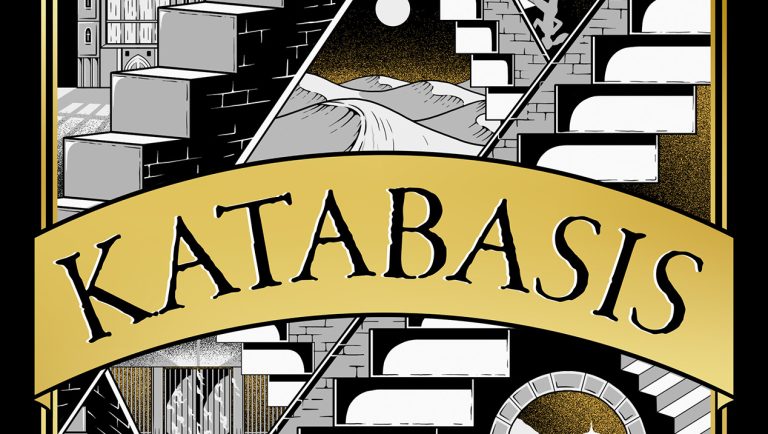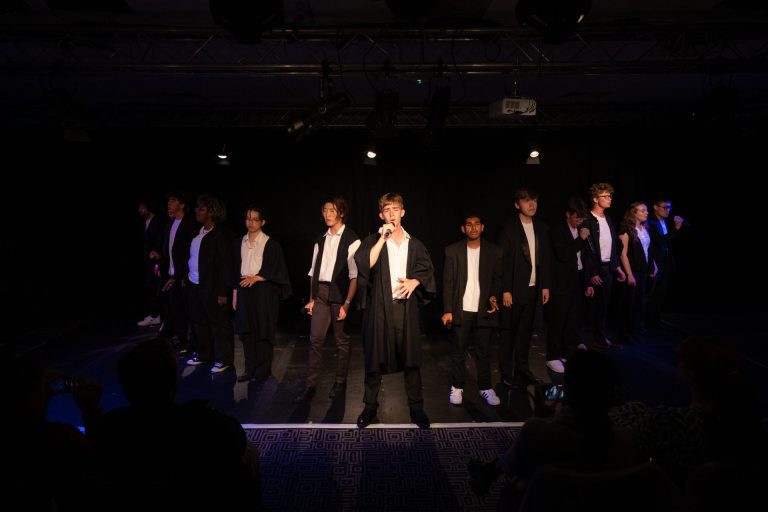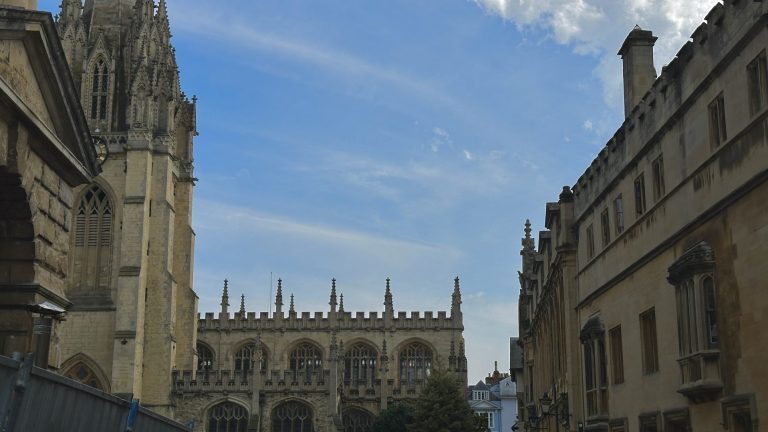The Oxford University Handball Club Men’s team, the Blues Team of the Year, has achieved what many thought impossible: winning the English Premier League and British SuperCup – the highest national tier of handball – all while balancing the academic demands of life at Oxford.
Handball, though under the radar in the UK, is one of the most-played sports in Europe. Fast-paced, physical, and high-scoring, it is often described as a mix of football, basketball, and rugby; some even label it as a dry version of water polo. Next season, you’ll be able to find Oxford University Handball Club (OUHaC) on the European stage, competing in the European Handball Federation (EHF) European Cup.
Just one year after earning promotion to the Premier League, Oxford’s team stormed through the competition to become national champions. In doing so, Oxford has gone toe-to-toe with university and non-university clubs, many with greater resources.
“This season has been about more than just results”, said Aaron Leu, team captain and OUHaC President for the 2024/25 season. “It’s the joy of playing together, the commitment from everyone involved, and the shared effort to grow both our club and the sport in the UK. Being successful on court is just the cherry on top of an already special journey.”
The Premier League campaign concluded in spectacular fashion at the English Final Four, held in London over the Early May Bank Holiday weekend. On Saturday 3rd May, Oxford beat Loughborough 32–24 in the semi-final. The following day, they faced reigning champions London GD in the final – the very team that had knocked them out of the English Cup earlier this year, in a hectic semi-final that went to overtime. This time, Oxford dominated, securing a stunning 36–25 win to lift the national title. A well-earned holiday on Monday helped with the recovery.
But the season was not over yet. Having qualified for the British SuperCup, Oxford had one final test: a showdown between the top two teams from England and Scotland, with a place in European competition at stake.
Just two weeks later, Oxford’s season reached even greater heights in Edinburgh, where the team clinched the British SuperCup title after a dramatic weekend. In the semi-final, they overcame Scottish league runners-up Kelvinside with a commanding performance (38-26). The final saw them face London GD once again, for the fifth time this season, after two wins and two losses. It was the ultimate challenge of the season.
And what a tightly contested final it was. With 17 goals by the back Soma Polonkai, and a heroic last-second penalty save by goalkeeper Joshua Sammet, Oxford forced overtime and ultimately triumphed 38-36, sealing yet another trophy to cap a remarkable year.
“One of our biggest strengths is definitely the team spirit”, said Polonkai. “We have players of all age groups, different backgrounds and from all over the world but ultimately there is one thing that is common in all of us: we all love this sport. The English Premier League title was a true representation of our team spirit and the British SuperCup final just confirmed that if we fight together, we can achieve amazing things as a team.”
This season’s glory is not limited to league play. In February, Oxford claimed a tremendous victory over Cambridge in the annual Varsity Match, defeating their historic rivals by a record margin of 53–14.
Later in March, the University team also secured the British Universities & Colleges Sport (BUCS) Championship for the third consecutive year, cementing their dominance at British university level with a hard-fought final win over Loughborough.
OUHaC’s roster is a reflection of Europe’s handball tradition. Most players hail from across the world, many with years of top-level experience in their home countries.
“Its diversity has always been an important strength of our handball team”, said Jan Kropf, head coach and senior player in the team, who joined OUHaC ten years ago. “We have players with very different skill levels, allowing players new to the sport to develop their skills by learning from the experienced players…The importance of this could be seen in the British Supercup final, which we won in overtime, also because our key players were in great shape until the end of the match.”
Crucially, the team is not limited to Oxford University students. It also includes players from Oxford Brookes University, Oxford researchers, and members of the local community – a true collective effort that has helped the club succeed in both university-exclusive and open competitions.
Behind the scenes, success has required logistical wizardry. With no official-sized handball hall in the city of Oxford, training is held at Iffley Sports Centre – too small according to the rulebook – and all official matches require travel.
“We’ve had to treat every match as an away match,” explained Fernando Ramos Lopez, who juggles roles as coach, player, and fixture secretary. “We don’t have a properly sized court in Oxford. We manage to deal with that for training, but it makes it difficult to build home support during official matches, since we don’t actually play at home and people have to drive an hour to watch our games.”
Despite these challenges, the club has persevered, relying on member fees, university support, endowments, and a fair amount of improvisation. A GoFundMe campaign helped fund travel to the British SuperCup, with nearly £1,000 raised within a week. The club and committee are now working to secure funding in support of what they hope will be another successful season.
OUHaC is not only winning trophies – it is also investing in the sport’s future. Alongside the men’s and women’s university squads, the club fields a second men’s team in the regional league and runs youth coaching programmes in Oxfordshire schools.
These school partnerships are a requirement to compete at the highest national level, but for Oxford’s players, it’s about more than just ticking a box. Starting next year, the school teams will come together under the banner of the Oxford University Youth Handball Team. This new setup will welcome young players from across Oxfordshire who are eager to explore one of the most exciting and complete sports in the world. It’s a chance to grow, compete, and be part of a thriving handball community from an early age.
“Handball gave us a home away from home, it brought us together and gave us a sense of belonging,” said Martí Català, player and coach. “Now, we want to leave a legacy behind — something that lasts. That means getting more Oxonians to discover the sport, fall in love with it, and keep it growing long after we’re gone.”
The club is open to players of all levels, from international stars to absolute beginners. One thing is guaranteed: you’ll get a warm welcome, a decent workout, and a post-victory pint with the team. You might even score a few goals, unless you’re too busy googling what handball is.
With growing support across the country and preparations already underway for next season, Oxford now turns its focus to European competition. Their next challenge is the second round of the EHF European Cup, set to take place in Luxembourg against HC Berchem in October; a new stage, but the same strong team spirit.
As goalkeeper Sammet recalled: “The only thought in my head before the penalty was: this season cannot end here”, and it did not. Sammet’s decisive save in the dying moments of regular time took the British SuperCup final into overtime, a turning point that exemplified the team’s resilience. “I am incredibly proud to be part of this team, and what we achieved this season: how we managed the challenges of injuries, exam stress, and missing players by playing as one team, fighting for each other. I am excited to see what next season brings!”
For more information or updates, contact us at [email protected] and follow @OxfordHandball on Instagram. Both the semifinal and final matches can be watched on YouTube, on the Scottish Handball Association channel.









